TheScienceBehindMagnetostrictiveLiquidLevelSensors
Understanding Magnetostrictive Technology Fundamentals
Magnetostrictive liquid level sensors represent a sophisticated approach to precise fluid measurement in industrial applications. These devices operate on the magnetostrictive principle where certain materials change their shape or dimensions when exposed to a magnetic field. The core component consists of a waveguide made from magnetostrictive material, typically nickel-iron alloys, which exhibits this unique physical property. When a magnetic field interacts with this waveguide, it generates mechanical stress waves that propagate along the material at a consistent velocity. This fundamental physical phenomenon forms the basis for highly accurate level detection systems used across various industries including chemical processing, oil and gas, and water treatment facilities.
Working Principle and Signal Generation
The operational mechanism of magnetostrictive level sensors involves a clever integration of magnetic and acoustic principles. A permanent magnet housed within a float moves along the sensor rod as liquid levels change. When an electrical current pulse is sent through the waveguide, it creates a circumferential magnetic field around the wire. The interaction between this field and the permanent magnet in the float generates a torsional stress wave that travels back to the sensor head at ultrasonic speeds. Sophisticated electronics measure the precise time interval between the current pulse initiation and the returning stress wave detection. This time measurement, combined with the known propagation speed of the stress wave, enables exact calculation of the float position and consequently the liquid level with remarkable accuracy often within millimeters.
Key Components and Their Functions
Magnetostrictive level transmitters comprise several critical components that work in harmony to deliver reliable measurements. The waveguide forms the central element, typically constructed from specialized ferromagnetic alloys optimized for magnetostrictive properties. The float contains powerful permanent magnets and is engineered for specific buoyancy characteristics matching the measured liquid's density. The sensor head houses sophisticated electronics including the pulse generator, signal processing circuitry, and temperature compensation systems. Protective tubing encloses the waveguide in harsh environments, while various mounting arrangements facilitate installation in different tank configurations. Each component undergoes rigorous engineering to ensure long-term stability, corrosion resistance, and consistent performance under demanding industrial conditions.
Performance Advantages Over Alternative Technologies
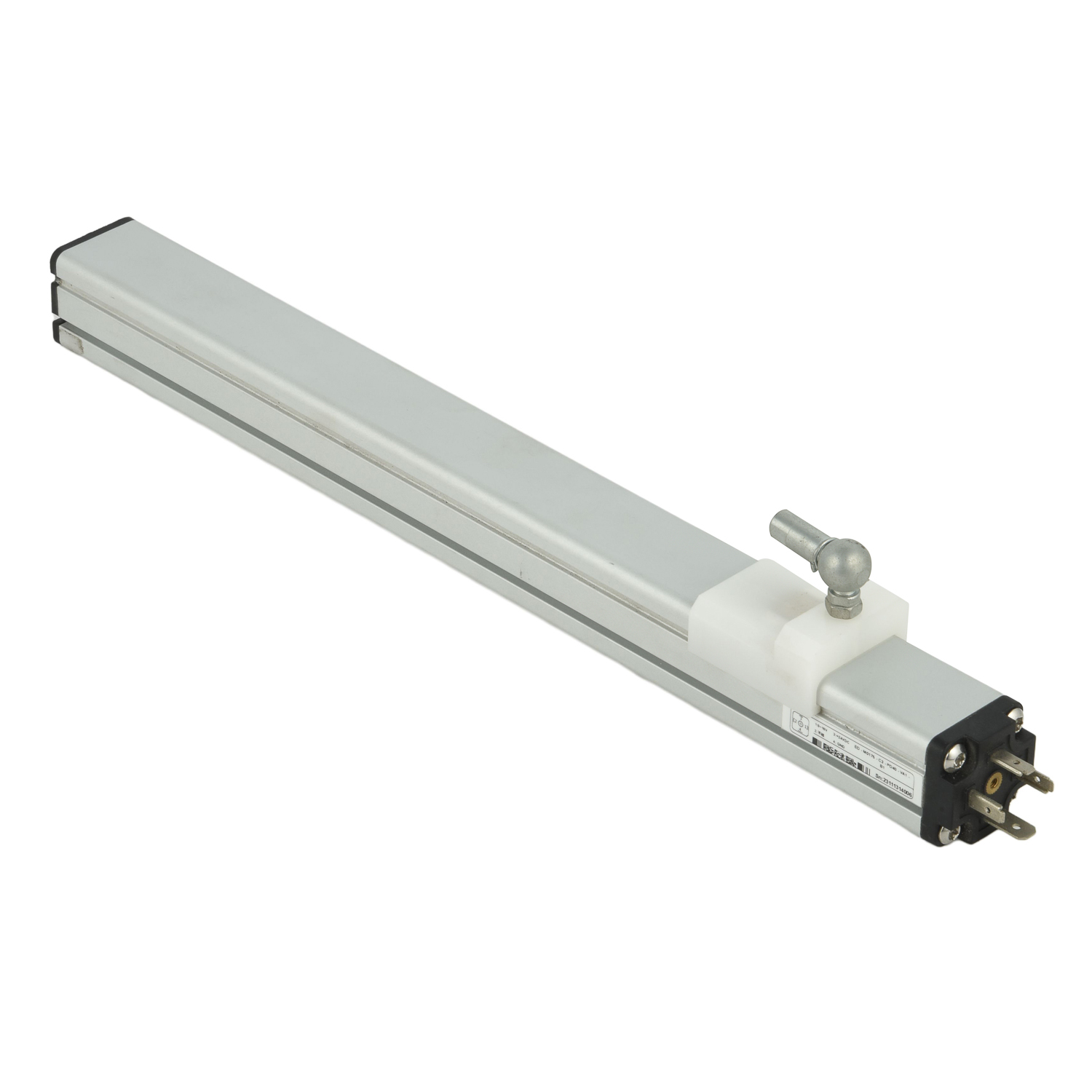
Magnetostrictive liquid level sensors offer distinct advantages that make them preferable to other measurement technologies in many applications. Their non-contact measurement principle eliminates mechanical wear issues common in float-based systems, ensuring exceptional long-term reliability. These sensors provide continuous level measurement with unparalleled accuracy, typically within ±0.05% of full scale, surpassing most competitive technologies. The solid-state design with no moving parts in the sensing element results in minimal maintenance requirements and reduced downtime. Furthermore, magnetostrictive sensors maintain their calibration over extended periods and demonstrate excellent resistance to temperature variations, pressure changes, and process conditions that often compromise other measurement methods.
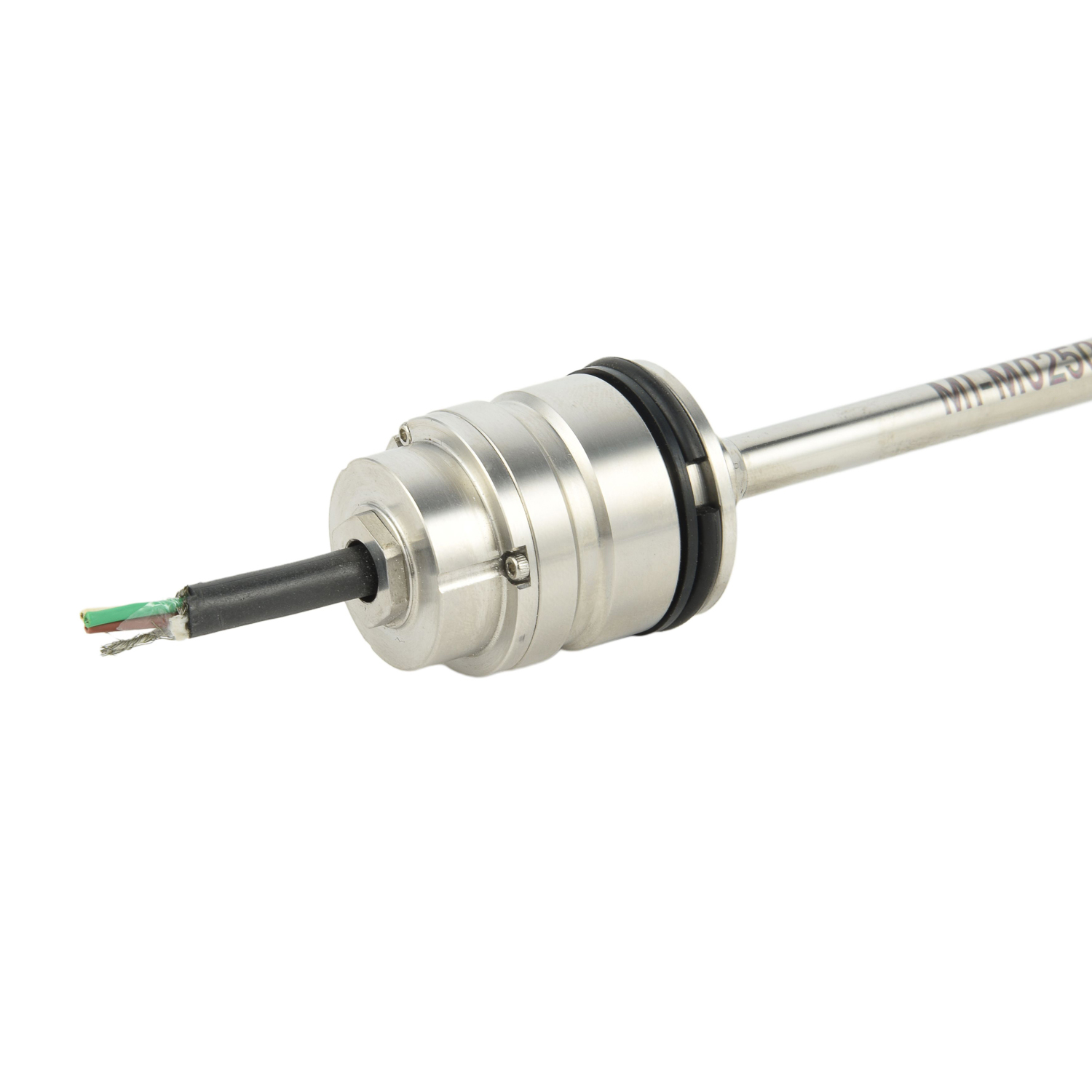
Application Considerations and Selection Criteria
Implementing magnetostrictive level sensors requires careful consideration of several application-specific factors to ensure optimal performance. The chemical compatibility of wetted materials with the process fluid must be verified, particularly regarding the float material and seal selection. Temperature operating ranges must accommodate both process conditions and ambient environmental variations. Pressure ratings should exceed maximum system pressures with appropriate safety margins. Output signal requirements—whether analog 4-20mA, digital protocols, or bus communications—must align with existing control systems. Installation constraints including tank connections, insertion lengths, and mounting orientation significantly impact measurement accuracy and should be carefully evaluated during sensor selection and specification.
Troubleshooting and Maintenance Best Practices
While magnetostrictive sensors are renowned for their reliability, proper maintenance practices ensure continued optimal performance. Regular verification checks against known reference points help identify potential calibration drift. Electrical connections should be inspected for corrosion or looseness that might affect signal integrity. The float mechanism requires periodic examination for buildup or damage that could impede free movement along the waveguide. Diagnostic features built into modern sensors can detect issues like signal strength degradation or electronic failures. Environmental factors such as excessive vibration, temperature extremes, or chemical exposure should be monitored as they can affect long-term sensor performance. Implementing a proactive maintenance schedule significantly extends sensor lifespan and maintains measurement accuracy.
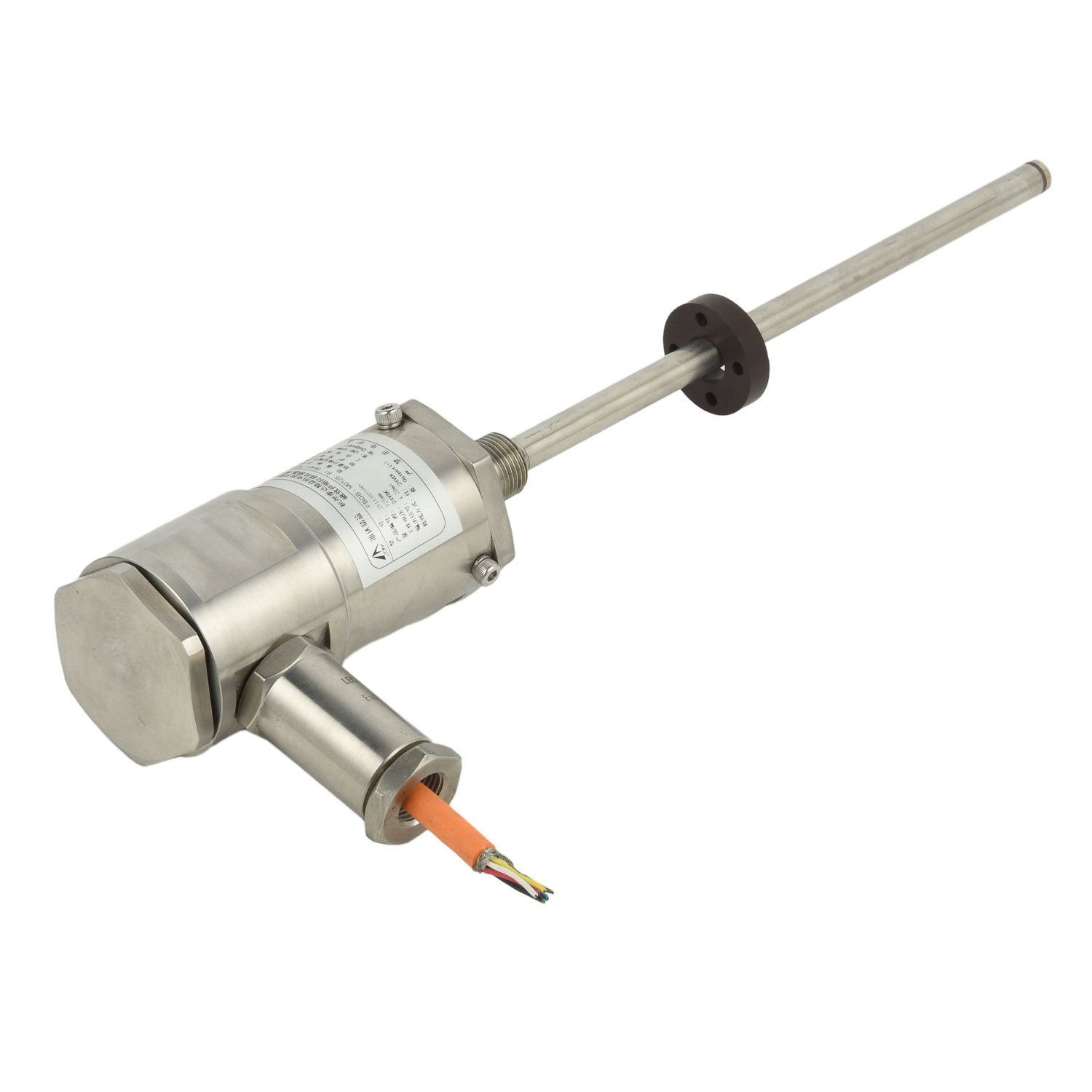 UpgradingYourLevelMeasurementS
UpgradingYourLevelMeasurementS
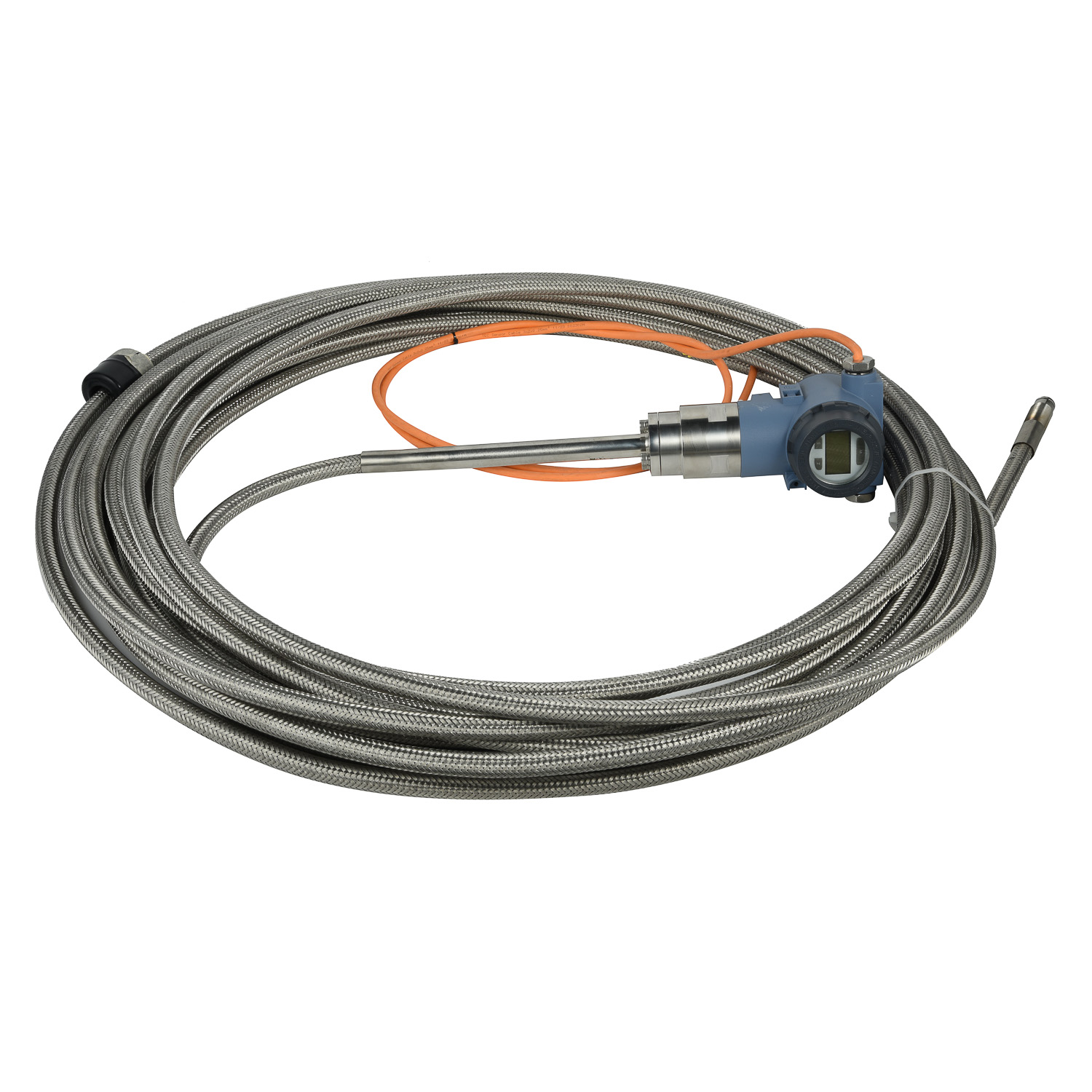 Why are magnetostrictive level
Why are magnetostrictive level
 ComparingMagnetostrictiveandRa
ComparingMagnetostrictiveandRa
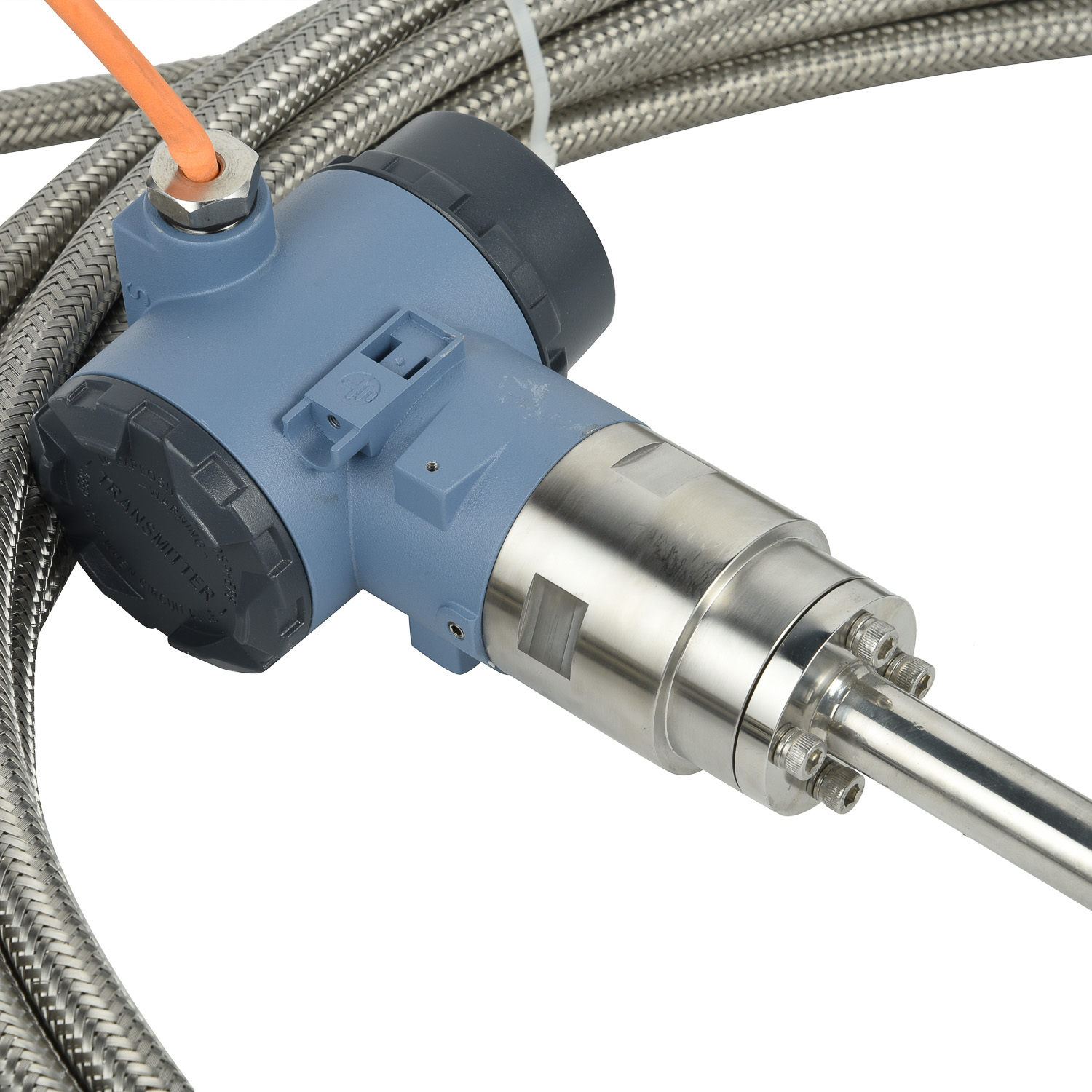 MagnetostrictiveLevelSensorfor
MagnetostrictiveLevelSensorfor
